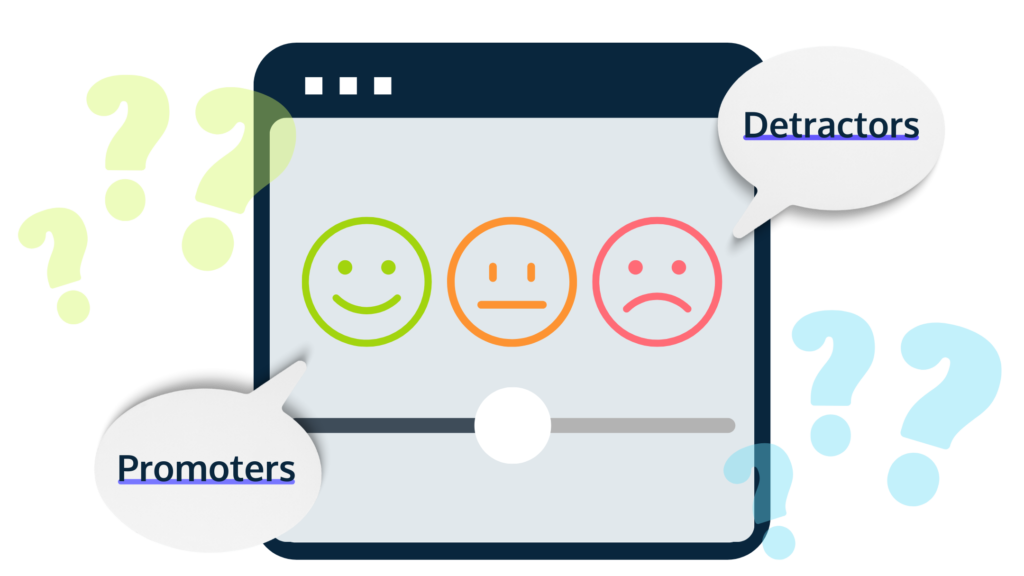“What’s the impact of our CX activities on revenue?” “Not Sure.”
“What CX investment will have the greatest ROI?” “Hard to say.”
“Hey, CX team, we need to cut your budget by 30%” “WHY?!”
The struggles of many CX teams to make their desired impact in organizations boils down to those three dastardly little letters… R-O-I.
Like any investment a company makes, the costs and benefits of the approach to nurturing customers must be something that can be both calculated and acted upon. Unfortunately, most CX practitioners have no solid place to start with this question, leaving decision-makers without the numbers or confidence to take decisive action on funding customer-facing improvements. With activity underfunded and measurement dubious, success for CX teams becomes even harder to identify, leaving them dually underfunded (and understaffed) at the next budget cycle. And on it goes.
CX as a philosophy will only go so far. Eventually, the numbers need to be there.
The CFO desperately wants the company to treat customers with care, respect, and empathy. And they want to fund the programs and technologies that support it. But dollars are finite and are also on the hook to ensure that every other part of the business is appropriately funded. Tasked with making the best decisions for the company’s financial health, they have to justify their actions by relying on what the numbers and data are telling them. If your numbers don’t exist or aren’t compelling, sorry, but the money just won’t come. CX as a philosophy will only go so far. Eventually, the numbers need to be there.
So, What's the Solution?
The only way to break the downward spiral is for CX practitioners to learn to speak the language of the business fluently. And that language is money.
This is where it’s critical to lean on your quantitative CX metrics. Numbers are your best friend, and you’ve already got them as a part of your CX measurements. It’s all about translating those numbers into a dialect that the rest of the business can comprehend.
Here’s one example of how we like to do it. It’s a 3-part process that establishes:
- The Size of the Pie
- The Attainable Slice You're Going After
- How You'll Attain it and Measure Your Success
1. Calculate the Size of the Pie
Based on your CX metrics, be it NPS, CSat, CES, or Apex, carve out your most loyal, happy customers. What are they spending with your company? Now look at everyone else and calculate their spend. The difference between the two can be called the value of loyalty (VoL). Multiply it by the number of customers you’ve got, and you’re likely staring at a big number representing the size of the pie for building customer loyalty at your company.
VoL = [(Avg Spend per happy customer) - (Avg Spend by all other customers)] Size of the pie = VoL * # of customers
What is VoL really telling us? It’s saying that while all customers give us money, happier, more loyal customers give us more. It’s saying that there’s value in creating better, more loyalty-inducing experiences for our customers, and that value can be definitively calculated.
2. Calculate the Attainable Slice You're Going After
There’s some simple math to be done, once you have your VoL calculated that will start opening up a lot of doors for you. The first is to assess what financial impact an increase in your CX scores is likely to have, then develop specific improvement targets. Let’s assume you use Customer Satisfaction (CSat) as your key metric.
Let’s say your loyalist segment has an average CSat score of 89%. Everyone else rates you at 77%. So there’s a 12% point difference between your best customers and everyone else. And let’s also say your VoL is $85.
The financial value we can attribute to a single point increase in CSat can then be evaluated as:
1 CSat point improvement = VoL / [(Loyalist CSat) - (Non-loyalist CSat)] 1 CSat point improvement = $85 / (89-77) = $7.08
At this point, if you told the business you were working to improve CSat from 77% to 80%, you could do some simple math to calculate what that means per customer and then what that means across the entire customer base.
3. Action & Measure
Whatever CX metric(s) you use, you should be able to look at their sub-components. For example, NPS on its own isn’t useful. You need to know what’s driving it.
Assuming your analyses go so far as to determine the sub-components of your CX metrics, you can mathematically determine how much certain parts of the customer journey and experience contribute to your overall CX metric. And with the calculations above, you can attribute this to today’s dollars achieved and tomorrow’s opportunities targeted, down to the cent.
From there, it’s a matter of taking action and tracking performance on those components of CX that will allow you to attribute activities back to specific business outcomes meaningfully.
If you’re the analytic type and curious about what’s behind your NPS, the best you get is a proportion of respondents who fall under the three categories: detractors, passives, and promoters. So what do you do with the so-called knowledge that XX% of people rated you a 7 or 8 on a scale of 1-10? Not much, I’m afraid.

Let’s say for your CSat score, you know that product returns contribute to 8%. And suppose issues with product returns are resolved to the point of increasing ratings on that service area. In that case, you can directly calculate the likely impact on CSat, and, through the calculations above, the likely impact on the bottom line.
If fixing the product return process is attributed to a 2-point improvement in CSat, that’s the equivalent of $14.16/customer (using the numbers above). If you’ve got 20,000 customers, that improvement can be attributed to an additional $283,200 in the business’s bottom line.
So should you undertake improvements to the product return process? Well, if the fix cost less than $283,200, what are you waiting for?
Summing It Up: The Way Forward
CX practitioners must be able to help the business identify and prioritize opportunities based on the expected outcome for both the customer and the business. The ONLY way to succeed is to fluently speak the company’s language numerically, simply, and defendably. Using the approach above of determining the size of the pie, the slice you want to tackle, and the action/measurement plan associated, you’ve not only made yourself relevant, but you’ve also made yourself indispensable.
So next time you get the “What’s the impact of our CX activities on revenue” question, don’t even flinch. You got this.

Are your CX efforts improving your business results?
Discover now with our CX Self-Assessment.




